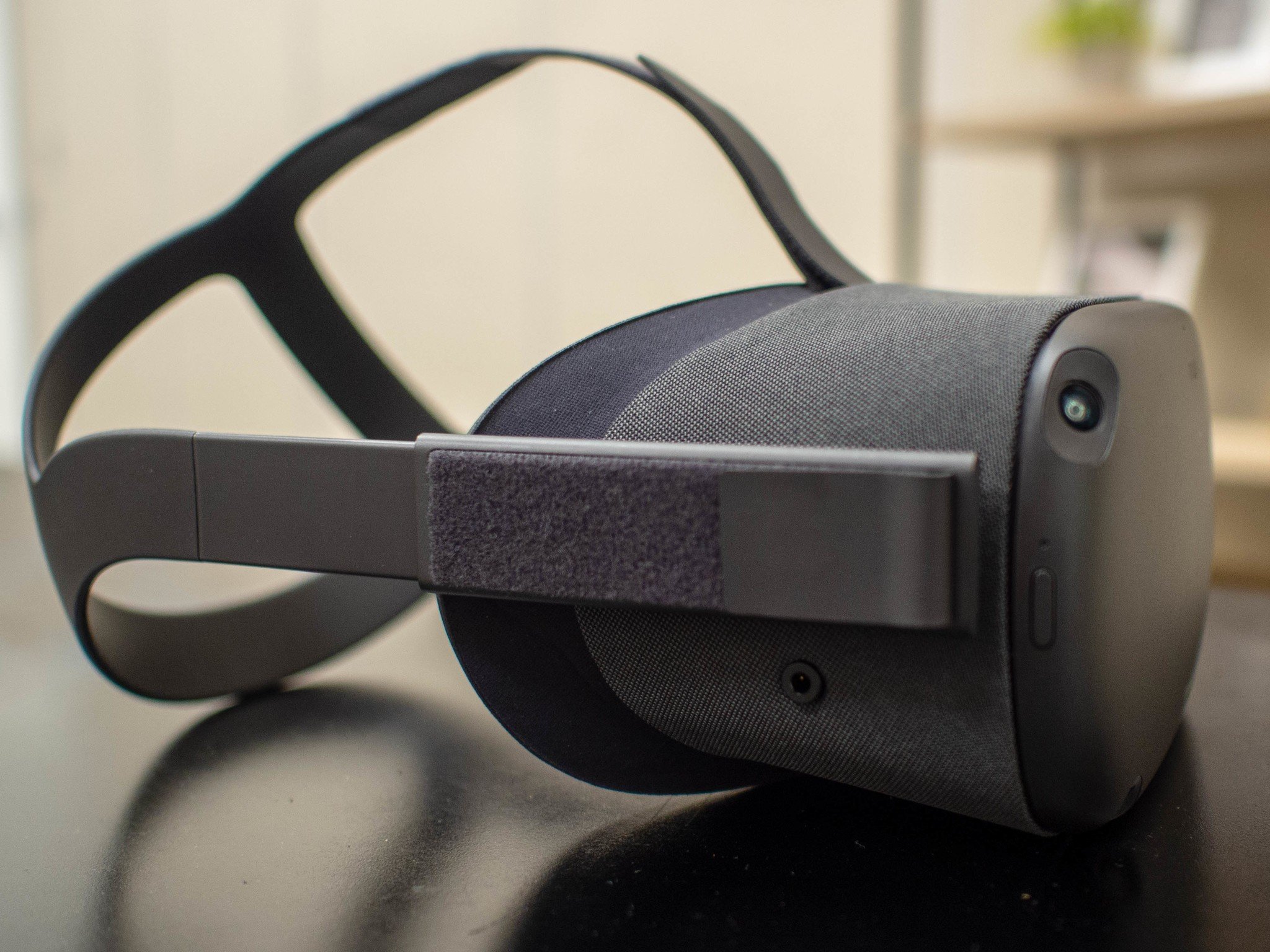Owlchemy Labs shares how it optimized Vacation Simulator for the Oculus Quest
Vacation Simulator runs smoothly on the Oculus Quest thanks to some clever changes and tricks.


What you need to know
- Owlchemy Labs used several techniques to optimize Vacation Simulator for the Oculus Quest.
- The game turns items on and off depending on what a player can see within the game.
- Vacation Simulator arrives on the Oculus Quest on December 12, 2019, and is available for pre-order for $30.
Vacation Simulator arrives on the Oculus Quest later this week, and the creators of the game shared some secrets on how they optimized the game for the Oculus Quest. The Oculus Quest runs on an older mobile processor, so Owlchemy Labs used some clever techniques to make the game run as smoothly as possible. Owlchemy Labs explains the techniques in this Twitter thread.
Owlchemy Labs made it so Vacation Simulator turns elements on and off depending on where a player is and what that player can actually see. For example, bushes, objects, colliders, snow, and bot animations can be turned off to reduce the strain on system resources.
We turn a lot of things on and off in the scene depending on where the player is and what they can actually see. Bushes, objects, colliders, scene effects like snow, even complex bot animations! Anything is fair game! pic.twitter.com/VjPH5GUmlAWe turn a lot of things on and off in the scene depending on where the player is and what they can actually see. Bushes, objects, colliders, scene effects like snow, even complex bot animations! Anything is fair game! pic.twitter.com/VjPH5GUmlA— Owlchemy Labs (@OwlchemyLabs) December 9, 2019December 9, 2019
Vacation Simulator will also reduce the resolution of areas on your screen in certain situations. When using a handheld camera, a player will most likely look through the lens, so the game lowers the resolution of the screen outside of the camera view.
Owlchemy Labs also explains that sandcastle creations are dynamically reduced to have few colliders in real-time.
Sandcastles were originally created as a matrix of cubes placed together. We created a system that dynamically reduces your sand masterpiece into the fewest number of box colliders in real-time to improve performance (fewer colliders is always better). pic.twitter.com/wQX0Vrwv7lSandcastles were originally created as a matrix of cubes placed together. We created a system that dynamically reduces your sand masterpiece into the fewest number of box colliders in real-time to improve performance (fewer colliders is always better). pic.twitter.com/wQX0Vrwv7l— Owlchemy Labs (@OwlchemyLabs) December 9, 2019December 9, 2019
According to Owlchemy Labs, these techniques add up and allow Vacation Simulator to "run beautifully."
All the latest news, reviews, and guides for Windows and Xbox diehards.

Sean Endicott is a news writer and apps editor for Windows Central with 11+ years of experience. A Nottingham Trent journalism graduate, Sean has covered the industry’s arc from the Lumia era to the launch of Windows 11 and generative AI. Having started at Thrifter, he uses his expertise in price tracking to help readers find genuine hardware value.
Beyond tech news, Sean is a UK sports media pioneer. In 2017, he became one of the first to stream via smartphone and is an expert in AP Capture systems. A tech-forward coach, he was named 2024 BAFA Youth Coach of the Year. He is focused on using technology—from AI to Clipchamp—to gain a practical edge.

